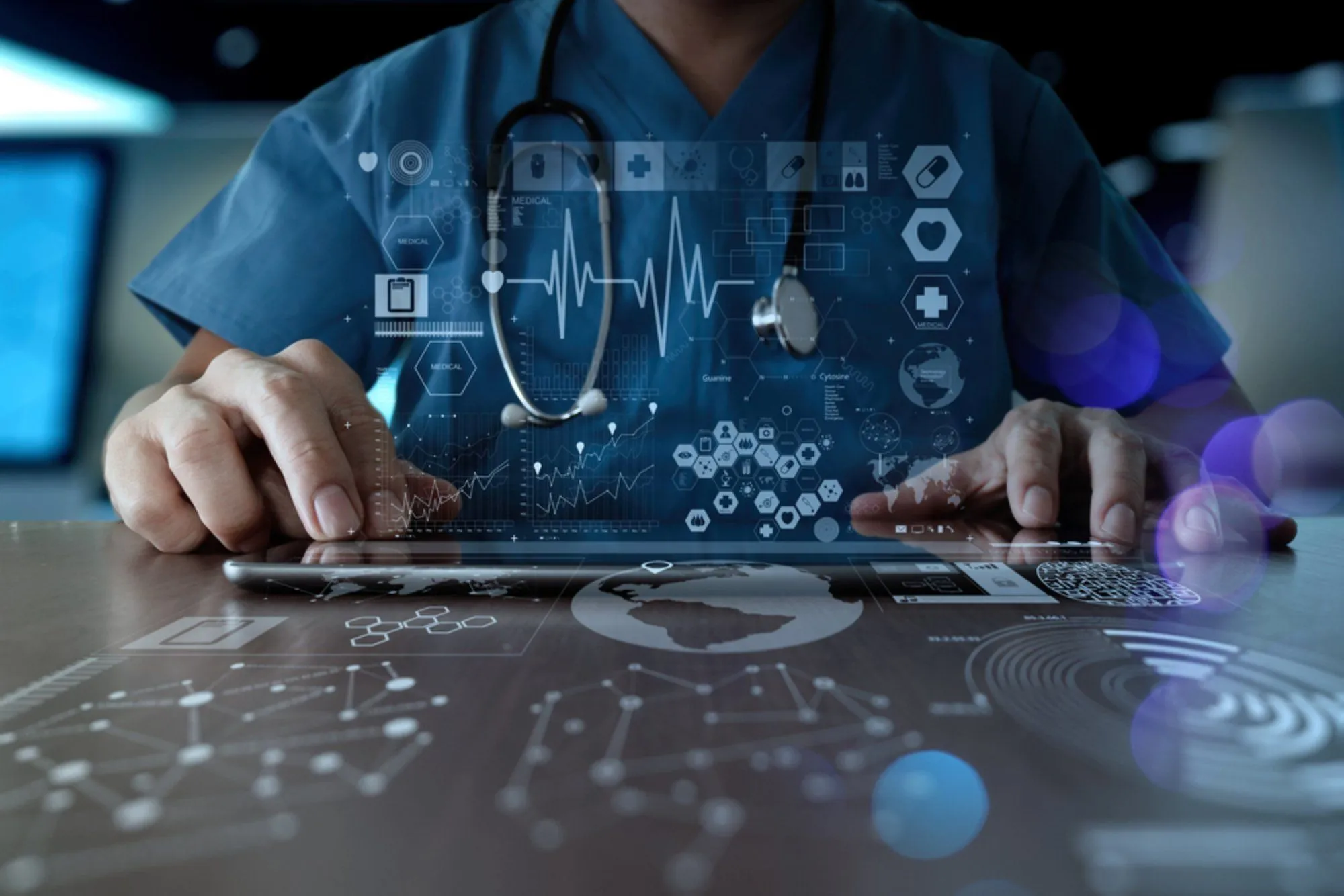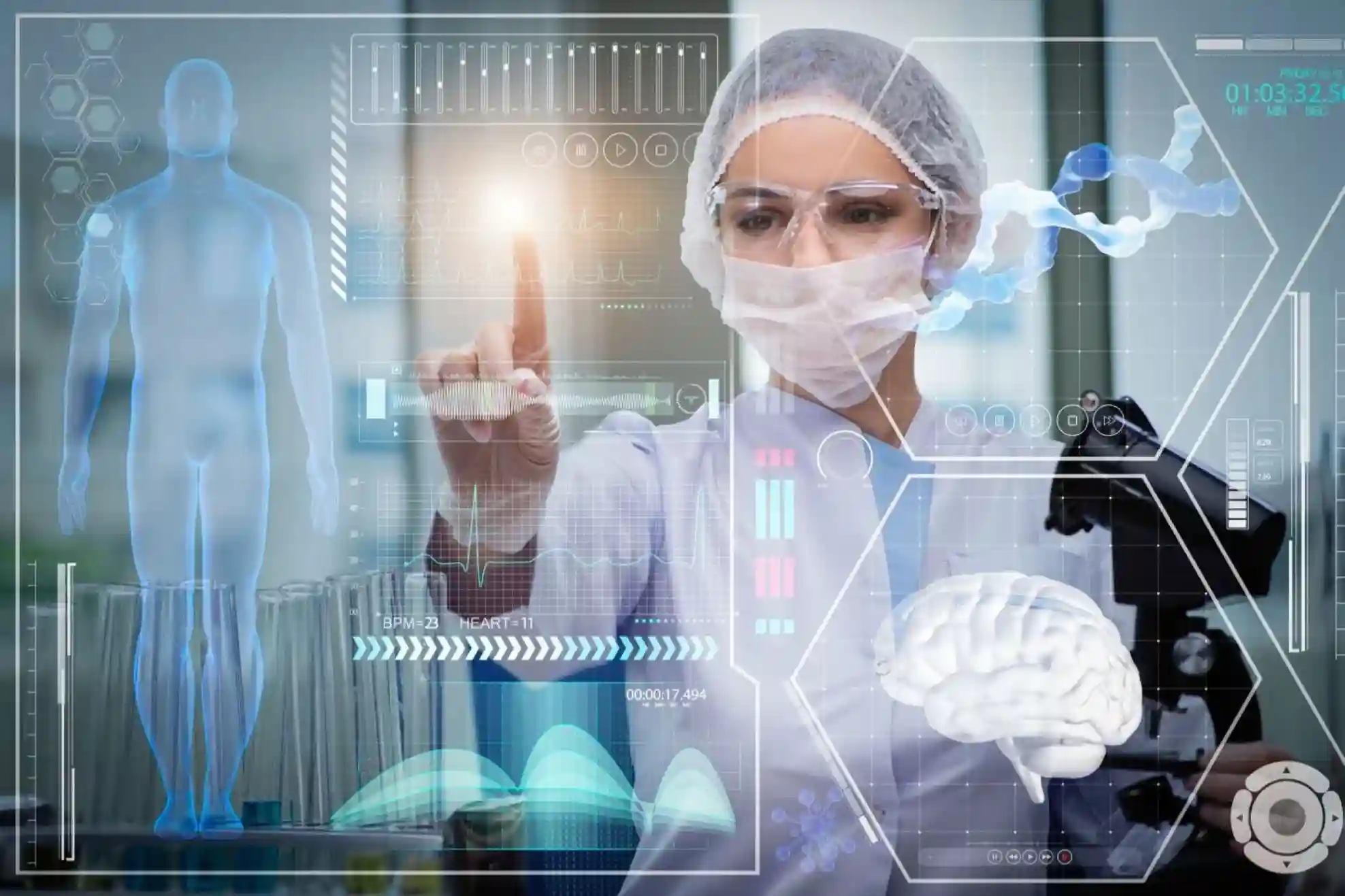Health Information Technology (HIT) has revolutionized the way healthcare is delivered and managed. From streamlining administrative tasks to improving patient care and communication, HIT plays a crucial role in modern healthcare systems. As the world continues to move toward digitization, the Health Information Technology field will become even more vital in ensuring that healthcare services remain efficient, effective, and patient-centered.
In this article, we’ll explore the major components, benefits, and challenges associated with HIT, along with an overview of its future potential.
What is Health Information Technology?
Health Information Technology refers to the use of information systems and software to manage health data, facilitate communication, and enhance decision-making in healthcare settings. This technology includes electronic health records (EHRs), telemedicine systems, patient portals, and data analytics tools, among others. Its primary goal is to improve the quality of healthcare delivery, streamline operations, and optimize patient outcomes.
Main Components of Health Information Technology:
- Electronic Health Records (EHRs):
EHRs are digital versions of patients’ medical histories. They contain information about diagnoses, medications, treatment plans, immunization dates, allergies, and test results. EHRs help healthcare providers access critical data quickly, improving coordination and reducing the chances of medical errors. - Telemedicine and Telehealth:
Telemedicine involves the use of technology to provide clinical services to patients remotely. This can include video consultations, remote monitoring, and even tele-surgeries. Telehealth also includes non-clinical services, such as education and administrative functions. - Patient Portals:
These are online platforms where patients can access their medical records, communicate with healthcare providers, schedule appointments, and view lab results. Patient portals encourage active participation in healthcare management. - Health Information Exchange (HIE):
HIE allows healthcare providers to securely share patient information across different healthcare systems. This is especially important for improving coordination of care, reducing duplication of tests, and ensuring that all healthcare providers involved in a patient’s care have access to the same information. - Clinical Decision Support Systems (CDSS):
CDSS are tools that assist healthcare providers in making clinical decisions by analyzing data from multiple sources and providing evidence-based recommendations. These systems help doctors choose the most effective treatments and avoid unnecessary procedures.
Benefits of Health Information Technology

Health Information Technology offers numerous benefits to both healthcare providers and patients. Below are some of the most significant advantages:
Improved Quality of Care
HIT enhances the overall quality of care by providing healthcare providers with quick and accurate access to patient information. EHRs allow physicians to make well-informed decisions by having access to comprehensive medical histories and other relevant data. This leads to more personalized and effective treatments, reducing the chances of errors.
Increased Efficiency
Health Information Technology reduces paperwork and manual processes, leading to increased operational efficiency in healthcare facilities. Automated systems for managing patient data, billing, and administrative tasks save time, allowing healthcare providers to focus more on patient care rather than paperwork.
Enhanced Patient Safety
HIT plays a crucial role in enhancing patient safety by reducing medical errors. For instance, EHRs alert healthcare providers to potential drug interactions or allergies before prescribing medications. Furthermore, telemedicine enables patients to seek care from the comfort of their homes, reducing the risk of hospital-acquired infections.
Better Coordination of Care
Through Health Information Exchange (HIE), different healthcare providers involved in a patient’s care can share information seamlessly. This improves care coordination, especially for patients with chronic or complex conditions, as all involved parties have access to updated and accurate medical information.
Increased Patient Engagement
Patient portals allow patients to actively engage in their healthcare management. They can access their medical records, review treatment plans, schedule appointments, and communicate with healthcare providers. This promotes better adherence to treatment plans and fosters stronger doctor-patient relationships.
Challenges of Health Information Technology
Despite the numerous benefits, there are also significant challenges associated with the implementation of Health Information Technology systems.
High Initial Costs
Implementing HIT systems can be expensive, particularly for small healthcare practices and rural hospitals. The cost of purchasing software, hardware, and training staff can be a major barrier to adoption. However, in the long run, these systems often lead to savings due to reduced paperwork and increased efficiency.
Data Privacy and Security
Healthcare data is highly sensitive, and ensuring its security is a major concern. With increasing cyber threats, healthcare organizations must invest heavily in cybersecurity measures to protect patient data from breaches and unauthorized access.
Interoperability Issues
For Health Information Technology to be fully effective, different systems need to communicate and exchange data seamlessly. However, many healthcare providers use different software and systems, leading to interoperability challenges. Overcoming these barriers is essential to improving care coordination.
Learning Curve and Resistance to Change
Implementing HIT requires significant changes in workflows, which can be challenging for healthcare providers accustomed to traditional methods. Additionally, there may be a learning curve associated with using new technology, and some providers may resist adopting these systems due to concerns about usability or added workload.
Future Trends in Health Information Technology

The future of Health Information Technology is bright, with advancements aimed at further improving the quality, efficiency, and accessibility of healthcare. Some of the key trends to watch for include:
Artificial Intelligence and Machine Learning
Artificial Intelligence (AI) and Machine Learning (ML) are expected to play a significant role in healthcare in the coming years. AI algorithms can analyze vast amounts of data quickly and identify patterns that humans may miss. This can be especially useful in diagnostics, predictive analytics, and personalized medicine.
Wearable Technology and Remote Monitoring
Wearable devices like fitness trackers and smartwatches are becoming more common in healthcare. These devices allow for continuous monitoring of vital signs, physical activity, and other health metrics. Remote monitoring of patients using these devices can help healthcare providers identify issues early and intervene before they become serious.
Blockchain Technology for Data Security
Blockchain technology offers a promising solution to healthcare’s data security challenges. By decentralizing data storage and using cryptographic methods to secure data, blockchain can prevent unauthorized access and ensure that patient information remains secure.
Integration of Genomics and Personalized Medicine
The integration of genomics into healthcare is poised to transform how diseases are treated. Personalized medicine, based on a patient’s genetic makeup, can lead to more effective treatments tailored to individual needs. HIT will play a crucial role in managing and analyzing genetic data to provide personalized treatment plans.
Table: Advantages and Challenges of Health Information Technology
| Advantages of HIT | Challenges of HIT |
|---|---|
| Improved quality of care | High initial costs |
| Increased operational efficiency | Data privacy and security concerns |
| Enhanced patient safety | Interoperability issues |
| Better coordination of care | Learning curve and resistance to change |
| Increased patient engagement |
Frequently Asked Questions (FAQs)
What is Health Information Technology (HIT)?
Health Information Technology refers to the use of technology systems to manage patient data, improve communication, and optimize healthcare delivery. It includes tools like electronic health records, telemedicine, and health information exchange systems.
What are the main benefits of HIT?
The main benefits include improved quality of care, increased efficiency, enhanced patient safety, better care coordination, and greater patient engagement.
What are the challenges of implementing HIT?
Some of the challenges include high initial costs, data privacy and security concerns, interoperability issues between different systems, and resistance to change among healthcare providers.
How does HIT improve patient safety?
HIT reduces medical errors by providing healthcare providers with real-time access to patient information, alerting them to potential drug interactions, and enabling remote consultations through telemedicine.
What is the future of Health Information Technology?
The future of HIT includes advancements in artificial intelligence, machine learning, wearable technology, blockchain for data security, and the integration of genomics into healthcare to provide personalized treatments.



